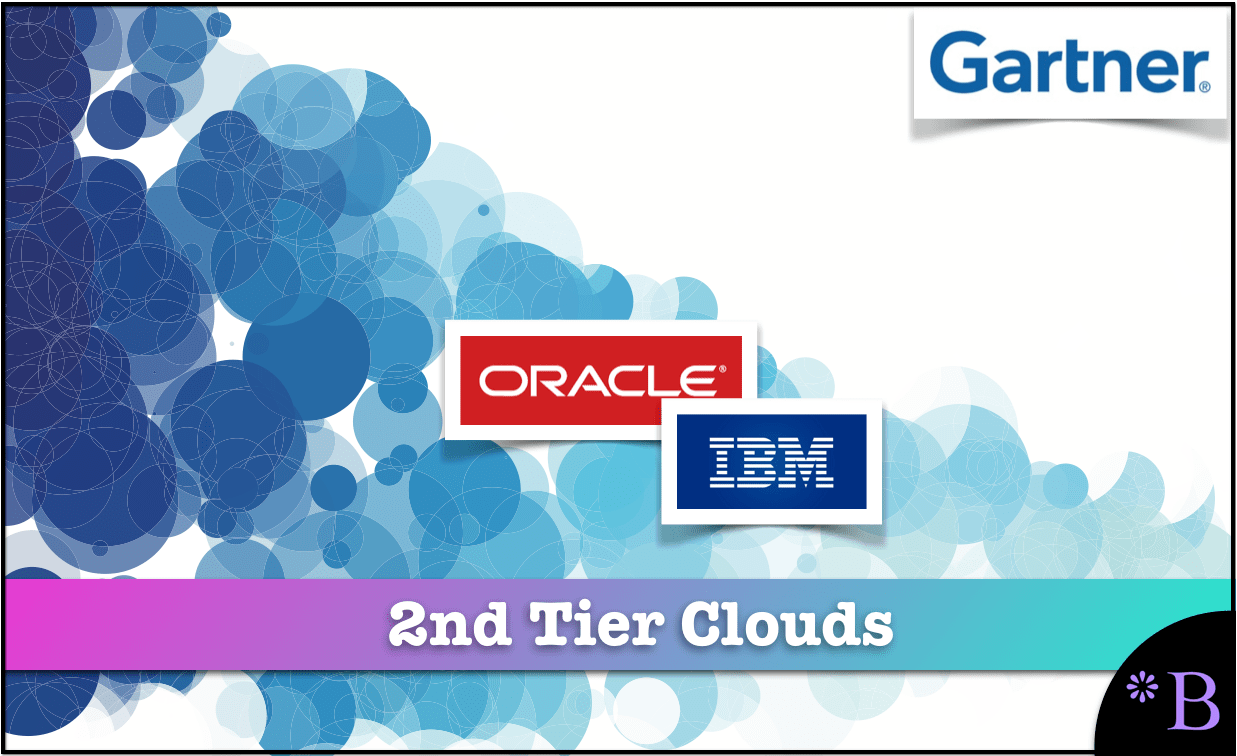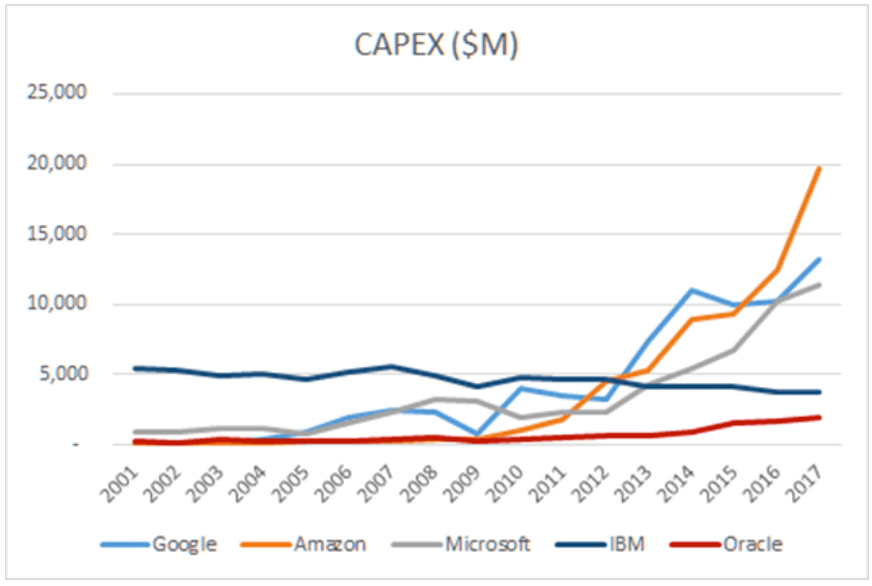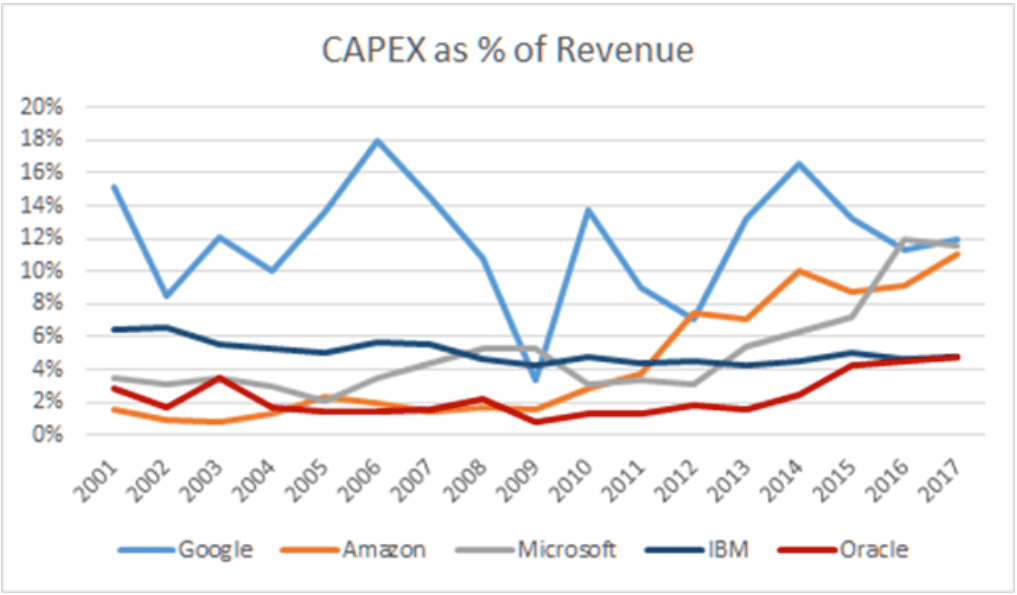How Gartner Rates Oracle and IBM as Tier 2 Clouds
Executive Summary
- Gartner rates Oracle and IBM as tier 2 clouds.
- We explain what does this means for these companies and their cloud future.

Introduction
- Audience: IT and business executives – IT procurement & operations professionals – Developers.
- Summary: As of April 2018, Gartner classifies AWS, Microsoft, and Google as Tier 1 clouds. IBM and Oracle as Tier 2.
- Recommendations: Organizations are advised to consider Gartner’s evaluation before making strategic cloud computing purchase decisions to reduce their business-critical projects’ risks.
Our References for This Article
If you want to see our references for this article and other related Brightwork articles, see this link.
Notice of Lack of Financial Bias: We have no financial ties to SAP or any other entity mentioned in this article.
Why is Oracle Tier 2 Cloud?
According to Gartner:
“Oracle cloud offering remains a bare-bones “minimum viable product,” and it is arguably too minimal to be viable for a broad range of common cloud IaaS use cases. It has limited enterprise customer traction. Oracle has just begun to build a partner ecosystem, and Gartner clients report that MSPs are sometimes reluctant to support OCI. Customers need to have a high tolerance for risk.”
Why is IBM Tier 2 Cloud?
According to Gartner:
“IBM has repeatedly encountered engineering challenges that have negatively impacted its time to market. Customers must thus absorb the risk of an uncertain roadmap. This uncertainty also impacts partners, and therefore the potential ecosystem.
The IBM Cloud experience remains disjointed. SoftLayer infrastructure is available in 16 countries, and the container service in 12 countries, but the rest of IBM Cloud (Bluemix) is available in only four countries and in just two U.S. cities. Consequently, customer infrastructure placement options are very limited”.
Tier 1 vs. Tier 2 vendors by CAPEX spend
Tier 1 vendors vastly outspend Tier 2 counterparts in cloud infrastructure. This is reflected in CAPEX spend.

The trend is also clear when we consider CAPEX spend as a percent of revenue.

What are Your Tier 1 Cloud Options?
Gartner classifies AWS, Microsoft, and Google as Tier 1 clouds. The best choice depends on your own specific use case. For example, Gartner recommends Google for
“Big data and other analytics applications, machine learning projects, cloud-native applications, or other applications optimized for cloud-native operations.”
The Tier 1 cloud leader.
According to Gartner..
“AWS is the provider most commonly chosen for strategic adoption; many enterprise customers now spend over $5 million annually, and some spend over $100 million. While not the ideal fit for every need, it has become the “safe choice” in this market, appealing to customers that desire the broadest range of capabilities and long-term market leadership”.
Gartner also says that “AWS is the most mature, enterprise-ready provider, with the strongest track record of customer success and the most useful partner ecosystem.”